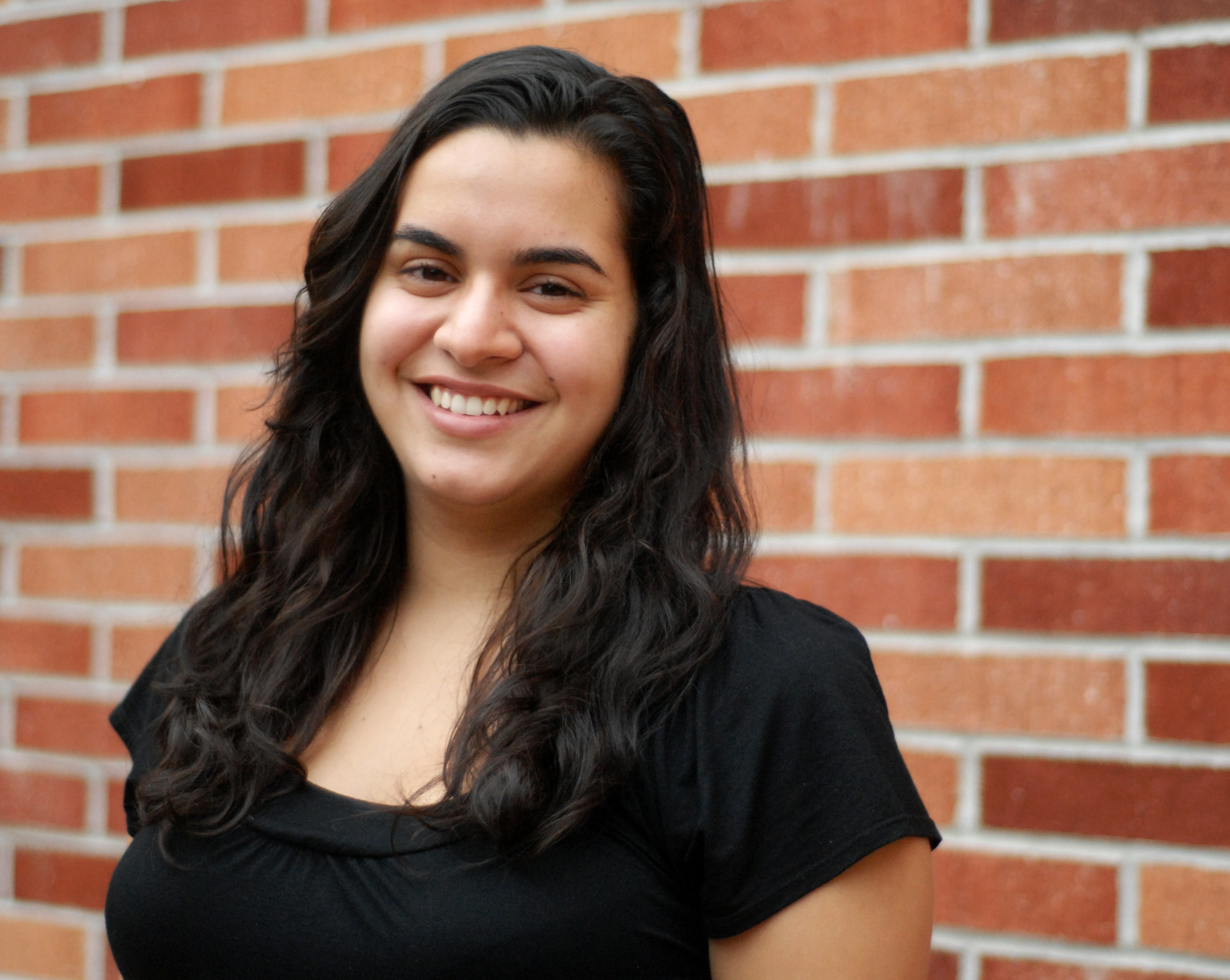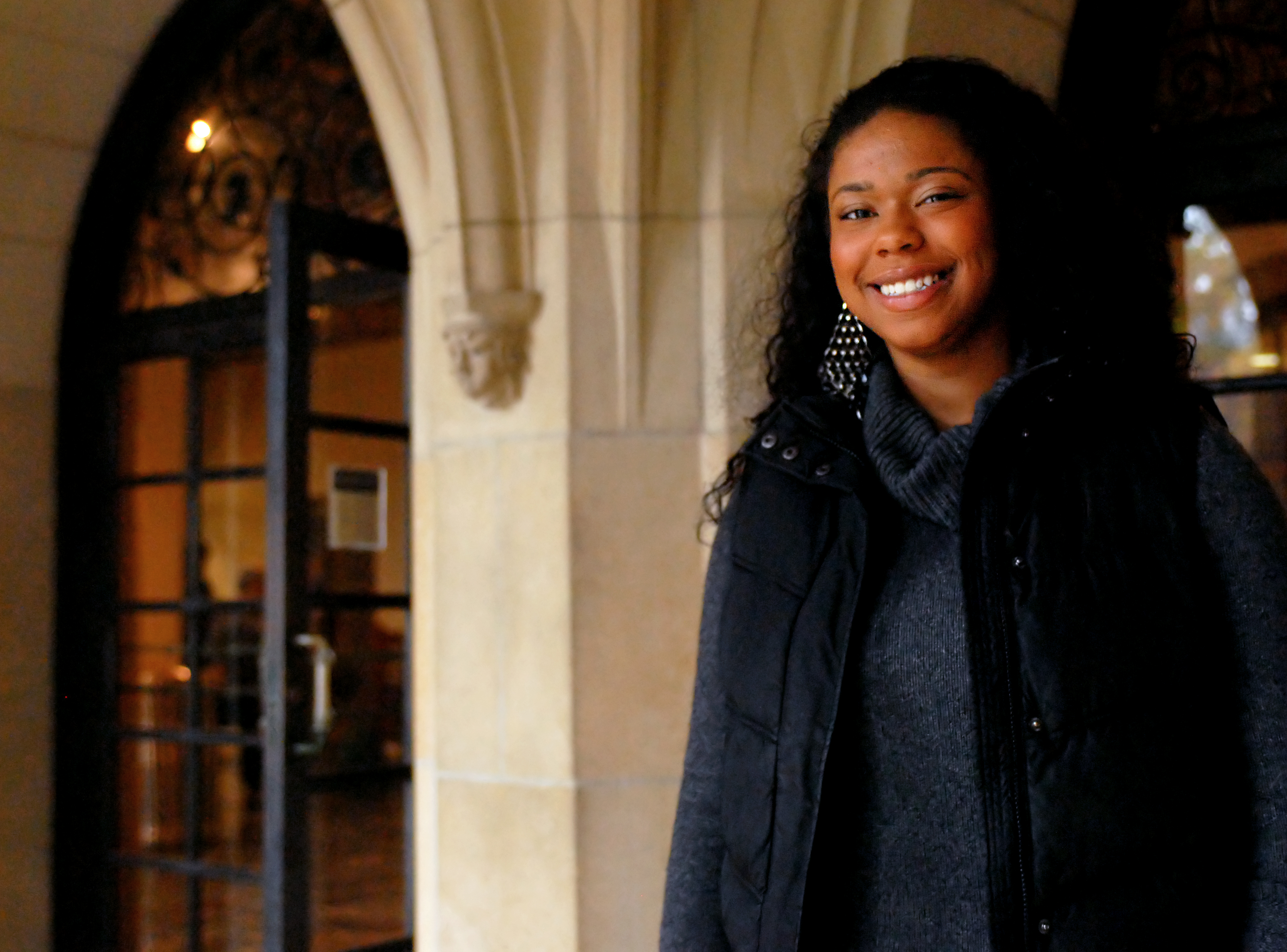
America has always been considered a melting pot ““ a melting pot of ideas, of ethnicities, of religions, of experiences and of people.
In the 2000 census, for example, this miscegenation resulted in more than 6.8 million Americans self-identifying as multiracial.
While there may not be any similar statistics for UCLA, a look at the enrollment figures for 2009 lists 4.4 percent of students as having an ethnicity of unstated, unknown or other, close to the national percentage in 2000 of 2.4 of those who identify themselves as multiracial.
Second-year international development studies and Chicana/Chicano studies student Camila Lacques falls into that group that cannot be adequately fit into the racial options provided by the U.S. Census Bureau or the University of California undergraduate application.
“People want to put you in a box, but mixed people don’t fit into a box,” said Lacques, who identifies herself as half Mexican, a quarter Irish and a quarter eastern European Jewish.
Lacques’ cultural makeup is not limited to those backgrounds found within her blood, as she was raised in a predominantly black neighborhood and attended an elementary and middle school that was comprised primarily of Korean students.
In fact, when considering the part of herself that she most identifies with, Lacques said that she is a multiracial woman of color, socially attracted toward any woman of color regardless of her background.
This is not to say that Lacques does not relate to her parental heritage, as she still takes part in the annual Day of the Dead festivities on Olvera Street, at which her dad is a leader of the prayer procession.
Within her family, though, her Mexican heritage has posed somewhat of a problem, as Lacques has a brother who shares her cultural makeup, but she also has an older half-sister who is completely Mexican, creating a cultural misunderstanding within her family.
As opposed to her half-sister, Lacques’ heterogenized upbringing has been both a blessing and a curse.
According to Lacques, being culturally mixed has allowed her to adapt and be open to any and all experiences, but at the same time, she said she feels like an outsider no matter what group she is in.
“Being mixed is a very beautiful struggle,” she said.
In embracing that struggle, Lacques is the co-president of the Mixed Students Union on campus, a new organization created to bring together students of multiracial identities.
She also credits the desire to learn more about her own heritage as one of the reasons she decided to pursue a degree in Chicana/Chicano studies.
In a similar vein, for second-year sociology student Ay’Anna Moody, being multiracial revolves around teaching others that they need to be intellectually curious.
“I needed to know who I was in order for me to move forward, culturally and socially,” said Moody, whose dad is black Creole and whose mom is Scott-Irish, German and black.
While Moody said that Irish traditions such as St. Patrick’s Day held a prominent place in her family, it was the black cultural influence that dominated her household, which she shared with her mother and stepfather.
Currently though, it is a search for social justice that has guided Moody, who now serves as the coordinator of a mentorship program at Compton High School and on the UCLA Judicial Board, which oversees the actions of the Undergraduate Students Association.
In her quest to advocate for those who cannot advocate for themselves, Moody referenced the injustice that her grandmother, a white woman, experienced when her family excommunicated her for deciding to be with a black man.
Growing up, Moody was able to better understand her black heritage, as her grandmother would tell her stories of black culture in the 1960s.
“I used to question my identity a lot,” Moody said.
“I was too white to be black and too black to be white. I was whitewashed.”
Ultimately, though, for Lacques, identity is more than simply a matter of race or color ““ what it comes down to is social surroundings.
